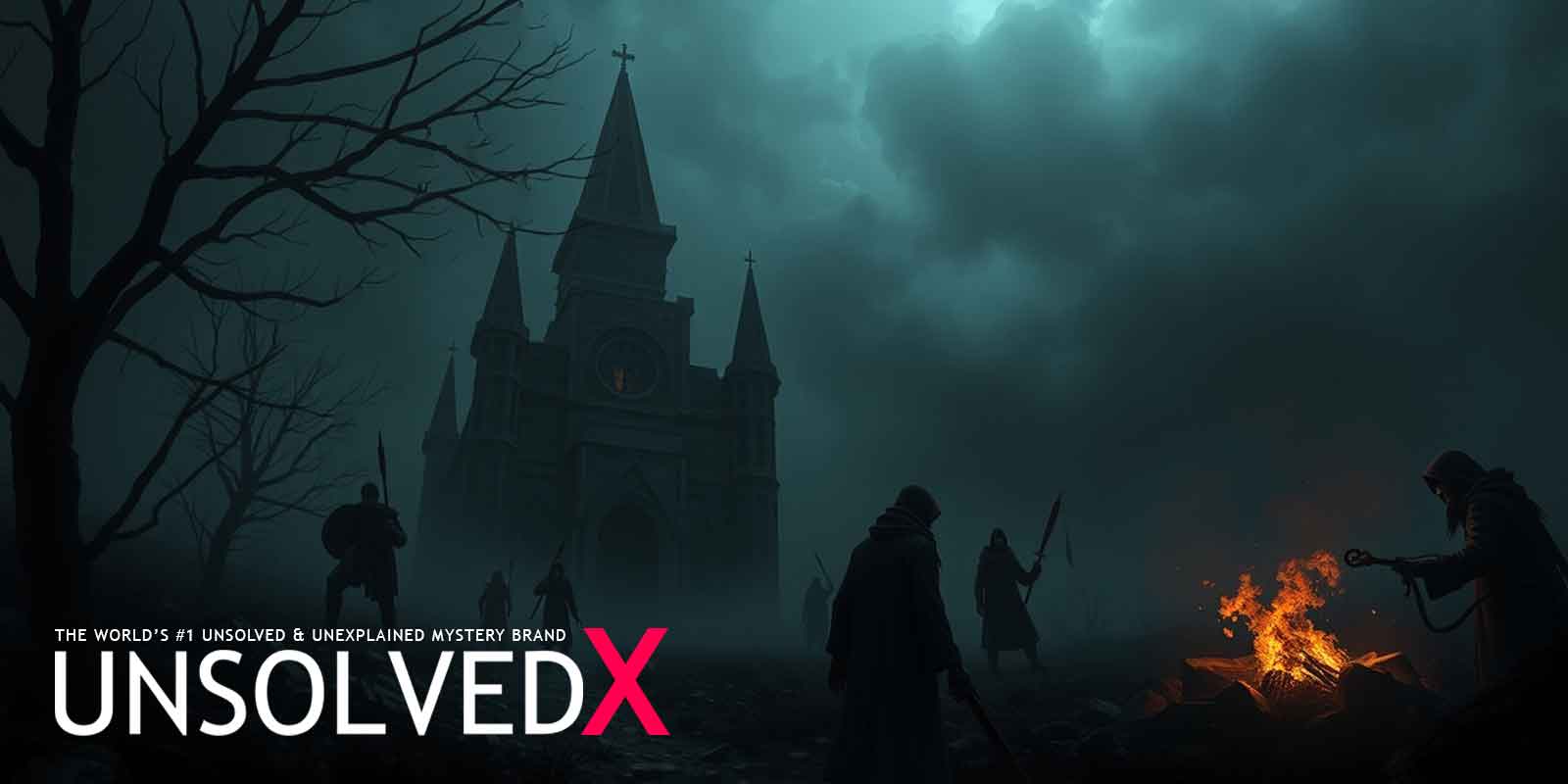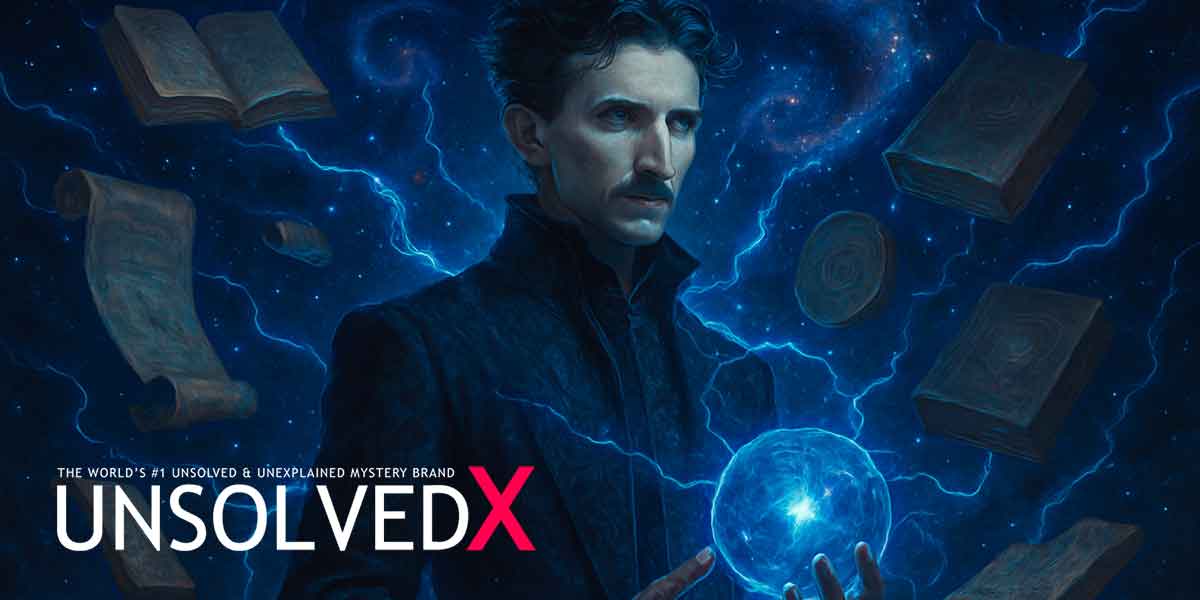The Shadow of Death: Europe in the Grip of Plague
Picture this: it’s 1347, and a handful of weary trading ships limp into the harbor of Messina, Sicily. The sailors aboard are dying or dead, their bodies covered in strange, blackened sores. Within weeks, this mysterious affliction—soon dubbed the "Black Death"—spreads like a shadow across Europe, leaving behind a landscape of empty villages and mass graves. This wasn’t just a disease; it was a force of nature that killed an estimated 75 to 200 million people between 1346 and 1353, wiping out 30-60% of Europe’s population. How did it happen so fast? The answer lies in the trade routes that connected Asia to Europe, where fleas riding on rats carried the deadly bacterium Yersinia pestis from distant lands to unsuspecting shores. A firsthand account from chronicler Gabriele de’ Mussi paints a grim picture: he described how the plague arrived with "such horror that the living despaired." That despair was only the beginning.
Imagine waking up with a fever, your body aching, and then discovering swollen, pus-filled lumps under your skin—buboes that turned black as the disease progressed. These were the hallmarks of the Black Death, symptoms so brutal they could kill within days. Medieval doctors, armed with little more than superstition, were stumped. They wore eerie, beaked masks stuffed with herbs, believing the "miasma" or bad air was to blame, and tried bloodletting or prayer to no avail. Society buckled under the strain—families fled from their sick, priests abandoned their flocks, and chaos reigned. Superstition fueled wild acts, like the flagellants who whipped themselves to appease an angry God. The sheer scale of this collapse left people asking: what unseen terror could unravel civilization so completely?
The Mystery of the Black Death
For hundreds of years, the Black Death was a riddle wrapped in terror. Was it God’s wrath? A curse from the stars? People in the 14th century had no clue, clinging to ideas like the miasma theory—blaming foul-smelling air—or even pointing fingers at minority groups, sparking violent pogroms. It took until 1894 for science to catch up, when Alexandre Yersin pinpointed Yersinia pestis as the cause during a plague outbreak in Hong Kong. Yet mysteries linger. How did it spread so quickly—faster than rats alone could explain? Some scholars, like those in a 2018 study from the University of Oslo, suggest human-to-human transmission via lice or pneumonic plague played a role. These unanswered questions keep the Black Death a haunting puzzle, one that still intrigues historians and scientists alike.
Then there’s Poveglia Island, a chilling footnote to the Black Death’s story. Tucked near Venice, this tiny isle became a quarantine zone during the plague, a place where the infected were sent to die—thousands of them, their bodies piled into pits or burned. Fast forward to the 20th century, and Poveglia housed a mental asylum where tales of suffering and strange experiments added to its dark lore. Now abandoned, it’s called one of the world’s most haunted spots, with visitors reporting whispers and shadows. Could the trauma of the Black Death have left an imprint here? Some link the plague’s aftermath to other oddities, like the Dancing Plague of 1518, where people danced uncontrollably until collapse—perhaps a bizarre echo of the survivors’ shattered minds.
Echoes of the Plague
The Black Death didn’t just kill—it reshaped the world. With a third of Europe gone, labor became a rare commodity. Peasants demanded better wages, chipping away at feudalism and igniting economic shifts that birthed the Renaissance. The Church, powerless against the plague, lost its iron grip as people questioned why prayers failed. Art turned grimly beautiful—think of the "Danse Macabre," where skeletons dance with the living, a motif born from this era’s obsession with death. Writers like Boccaccio, in his Decameron, captured the human side, recounting tales of those hiding from the plague’s grasp. These changes weren’t just survival; they were a rebirth forged in the ashes of catastrophe.
Today, the Black Death isn’t just history—it’s a warning. Modern outbreaks, like the 2017 Madagascar plague that infected over 2,000, show Yersinia pestis hasn’t vanished. Scientists study its DNA, tracing how it evolved, as seen in research from the Max Planck Institute, to predict future risks. Those medieval lessons—quarantine, swift response—still guide us, shaping how we tackle pandemics. But there’s more: the Black Death reminds us how fragile society can be, how quickly fear can unravel order. For unsolvedx.com readers, it’s a mystery that keeps giving—why did it hit so hard, and what ghosts, like those rumored on Poveglia, still linger from its shadow?










Comments
Comments section coming soon!